This post is also available in: Español (Spanish)
More than six years after it was created, a novel educational model for Indigenous children called “Guidelines for Thinking in My Language” was officially adopted in Chiapas. Its implementation in the public school system of rural Chiapas is a major step forward in contextually relevant teaching and learning in Indigenous languages. The framework was designed by Nenemi Paxia – Sinergias Educativas AC, an organization with a multicultural team that promotes inclusion, equity, interculturality and the development of critical thinking skills, through an education methodology based on “wonder” and developed in five Indigenous languages. Nenemi Paxia Director Juan Carlos Hernández explains how this original methodology was born and strengthened. All photos courtesy of Nenemi Paxia.
“Guidelines for Thinking in My Language” emerged from a belief that action was needed to protect the right to education for Indigenous peoples in Mexico, and it is based on two essential ideas:
First education should be an enjoyable experience, whose motivation should arise from the natural curiosity that the outside world awakens in all people, and our ability to know and understand it. We have this curiosity from our early childhood, yet sometimes our passage through school ignores it and even numbs it.
The second idea is that what is learned should be meaningful. A learning experience makes sense to a person if it relates to their particular context, helping them to understand their place in the world, and if it allows them to broaden their view towards that which may be distant, but not alien.
We believe that these two elements – education as an experience that is enjoyable as well as meaningful – allow people to keep their motivation to learn alive and nurture it, recognizing that learning is a constant that accompanies us throughout our entire lives.
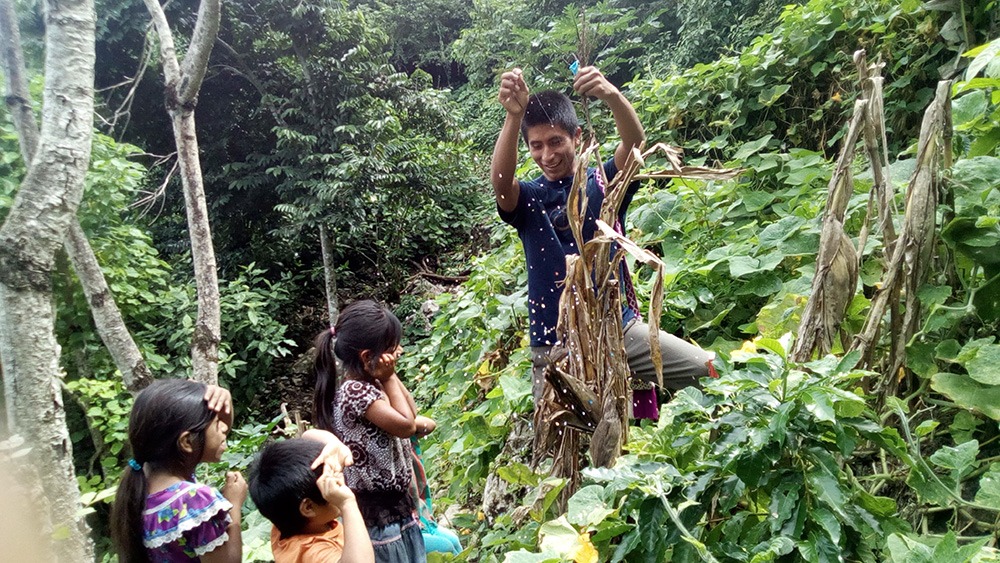
Antonio Méndez, member of the Nenemi Paxia team, recreates the dispersion of corn pollen through the wind to illustrate how pollination occurs and the corn cob is formed.
Under these premises, we have designed an education model that includes pedagogical tools created for students and teachers. The model is flexible enough to be both integrated into an official curriculum and implemented in complex conditions, such as multigrade classrooms and the diverse linguistic scenarios present in many regions of Mexico.
The aim of this learning model, which we call “Guidelines for Thinking in my Language,” is that a student be amazed when contemplating and understanding the natural phenomena around them, to identify their curiosity as the essential engine of their motivation to learn, and to understand that human beings interact with the world, know it and fill it with meanings.
Our implementation experience in Chiapas has enabled us to influence the educational policy related to the right to education for Indigenous children through collaborative work with the educational system of the National Council for the Promotion of Education (CONAFE), which serves all communities in Mexico with fewer than 500 inhabitants.

Tseltal teacher José Luis carries out an activity involving shucking corn with his preschool students.
The Educational Challenge in Chiapas
Nenemi Paxia – Sinergias Educativas AC focused its attention on Chiapas because its students have among the lowest levels of educational achievement in the country. Chiapas includes a large proportion of the country’s Indigenous population. In addition, a significant proportion of the state’s population lives in rural areas.
Chiapas’ population also has a significant linguistic diversity, with 16 Indigenous languages, more than 32 variants, and a spectrum of usage levels. Despite this fact, the education this population receives is based on a Spanish curriculum.
This historical condition is perhaps one of the most evident examples of the structural racism to which the Indigenous populations in our country have been subjected. The Mexican State’s effort to address their educational needs and rights has been, to say the least, completely insufficient.
Nenemi Paxia’s work team has been, from its inception, multidisciplinary and multicultural, with members approaching the work from scientific, pedagogical and cultural-identitarian perspectives. It includes young Indigenous people who have worked for more than 10 years in the design of pedagogical activities, implementation of several methodology pilots, and design and translation of our educational materials into local contexts for teachers and students.
In our educational model, we approach natural phenomena through fundamental concepts that come from scientific knowledge and those that have their origin in traditional knowledge. In “Guidelines for Thinking in my Language,” we emphasize the role of both in interpreting the world and how people can relate to each type of knowledge. The integration into education of a broad perspective on nature and our relationship to it is complex, and it is a process we continue to explore. However, we believe this integration is key to fulfilling one of education’s essential goals: to understand reality.
Finally, another of the key elements of our model is for students to learn in their own Indigenous languages. This responds to our principal requirement of dealing with the context in which each person is situated, and recognizing that the mother tongue is the best learning vehicle. Thus, we honor the right of Indigenous students to experience the joy of learning, affirm their identity, and learn in their own language.

A Tseltal primary school student learns to read by asking the question, Why are trees of different shapes and sizes?
The Scope of Guidelines for Thinking in my Language
In Nenemi Paxia – Sinergias Educativas AC, we are very pleased with the path we have walked. Throughout these years, we have had the opportunity to train more than 2,000 young teachers who have served a population of more than 20,000 students in basic education in Chiapas.
We are working with the five Indigenous languages with the largest number of speakers in the State (Tzeltal, Tzotzil, Zoque, Tojolab’al and Ch’ol), and we have developed written and oral instructional materials so that students can learn using their mother tongues. Each Indigenous language has dialectal variants that add another layer of complexity. For this, we have also made an effort to recognize them and find strategies to include and reflect on them.
We have made a big effort so that our model and instructional materials can be integrated into CONAFE’s curriculum, and so that teachers can find an organic way to adopt them and use them successfully in the classroom. This objective is a path that we continue walking and that has required us to collaborate closely with the institutions responsible for their students’ education.

Genuine curiosity and direct observation of natural phenomena is a central element of our methodology. In this image, students observe if the fruits can float and find out if it could be a seed dispersal strategy.
Our Learnings
At Nenemi Paxia, we have learned a great deal, and we constantly face new challenges. For example, we continue to improve the curriculum and to expand into more schools.
One important learning has been that the lack of material resources in the classroom should not be an obstacle to education. In rural communities, it is possible to access nature and observe its phenomena directly just by leaving the classroom. The recognition of this pedagogical resource is invaluable. We proved that our central hypothesis is true: The genuine curiosity of teachers and students only needs to be recognized and nurtured by education. And finally, we observe how the mother tongue can be the foundation upon which learning will flourish.
To learn more about our work, visit https://nenemipaxia.org/.

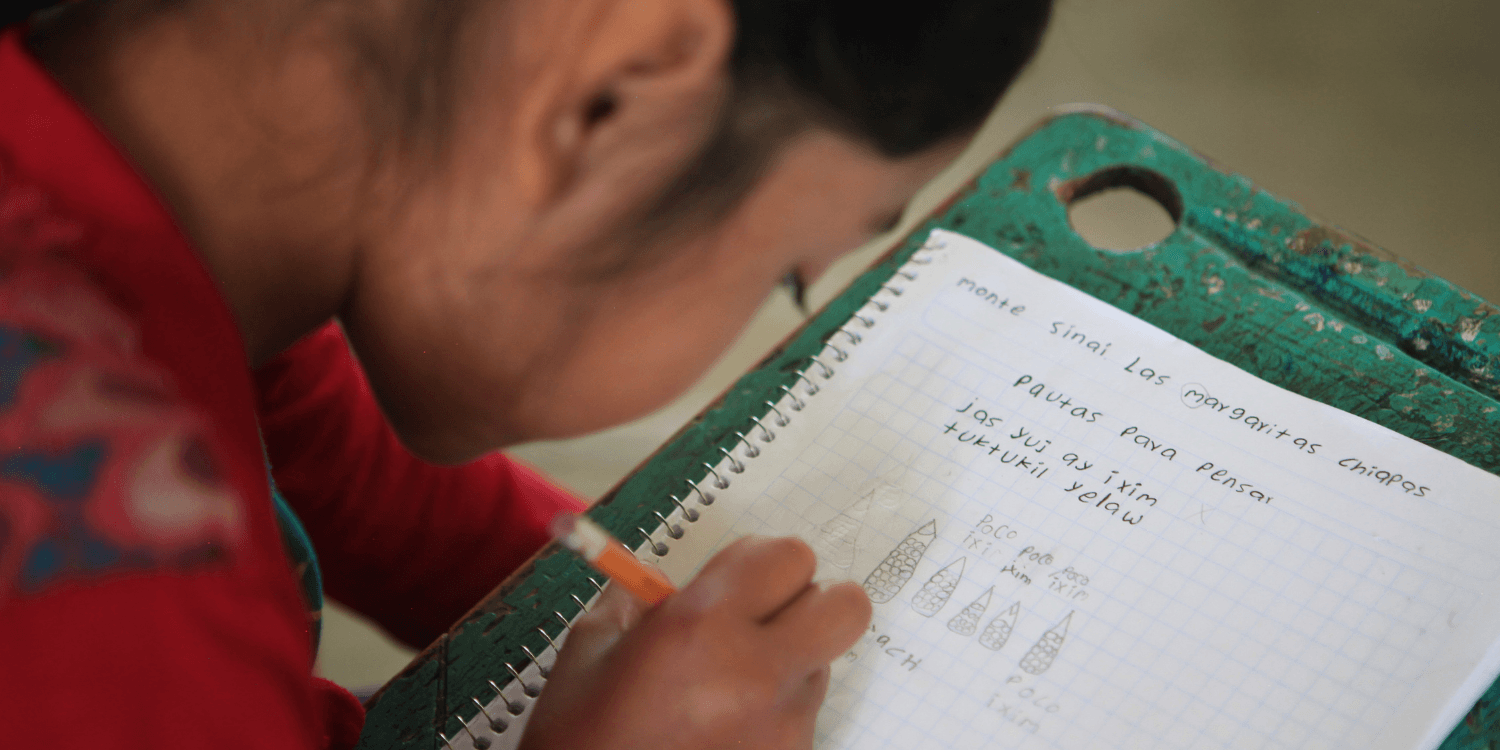

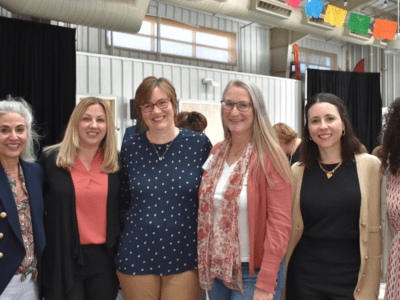
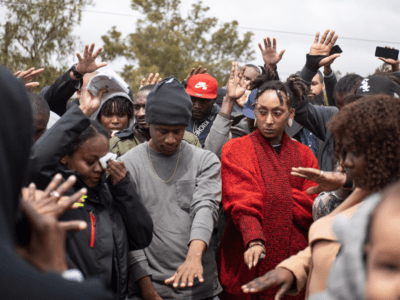
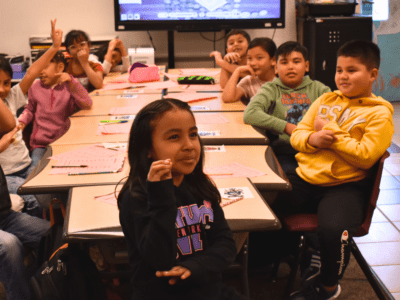
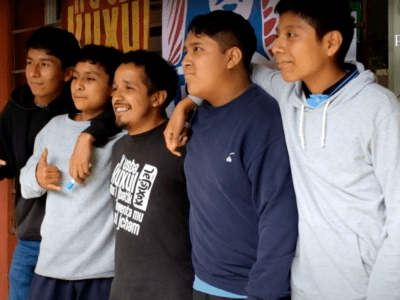


Comments